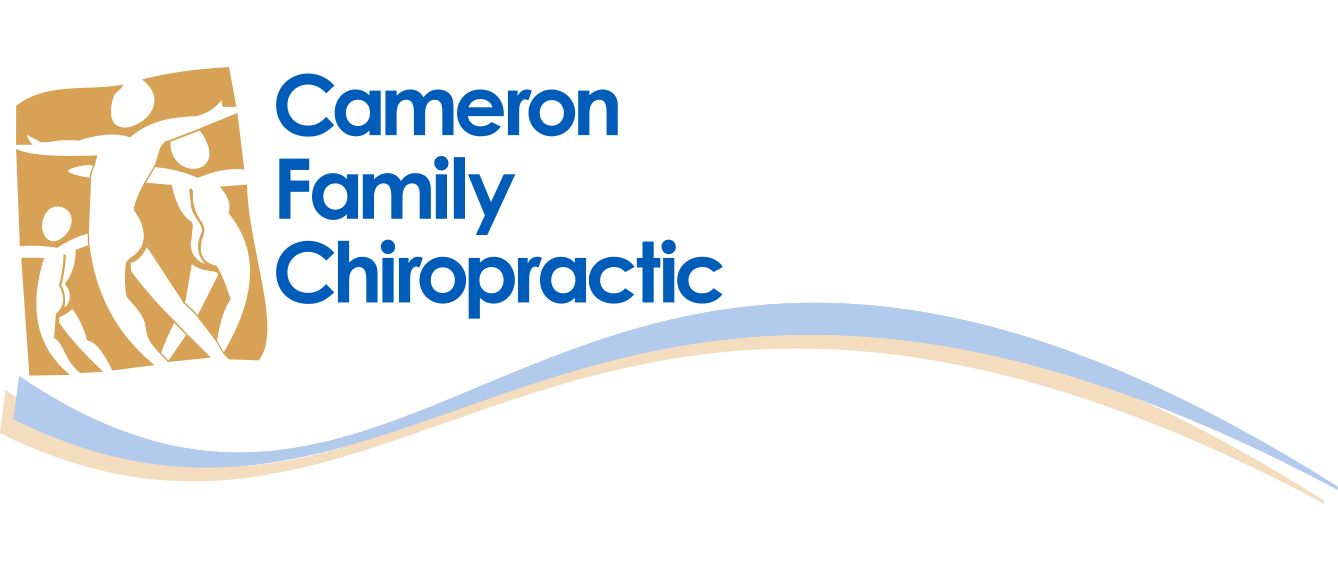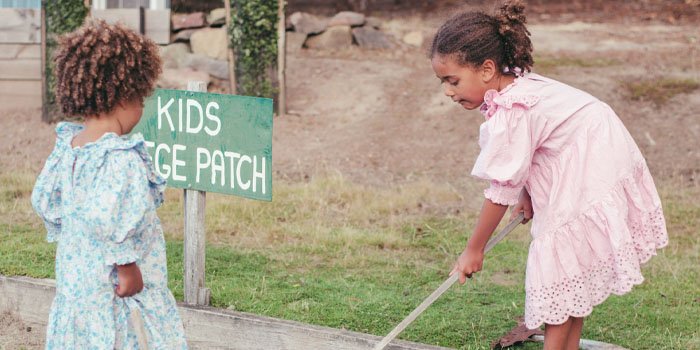Quicklinks:
Major milestones of the first three years
Developmental milestones from age 3 to 4
Developmental delays between age 3-4
At Cameron Family Chiropractic, we help families throughout their entire journey – from the first exciting (and potentially stressful) days of pregnancy, through the joys of motherhood and beyond. We know how heartwarming and amazing it can be to watch our children grow…and how overwhelming it sometimes feels along the way.
We’ve written before about some of the major milestones of babies, infants, and toddlers. Today, let’s continue with a closer look at the ages of three to four. This is an exciting time, as your child will have their own personality and blossoming independence, they may be starting preschool, and they will be learning and socializing at a rapid rate.
major milestones of the first three years
The first three years of a child's life are marked by specific milestones across multiple areas – physical, cognitive, social, and emotional. Some of the most notable ones include:
Motor Skill Milestones
Learning to roll, stand, walk, run, and jump
Being able to pick up objects and pass them from hand to hand
Eating and drinking under their own control
Fine muscle control, such as being able to turn their head, grasp small items, or clap their hands
Communication Milestones
Beginning with cries and coos as newborns, then gradually learning to babble, form words, and build phrases
Using gestures to communicate (like waving hello or goodbye)
Words generally appear around one year, with a bloom in vocabulary and basic phrases taking shape over the next few years
Cognitive Milestones
Understanding object permanence, cause and effect, and simple problem solving
Grasping that other people have their own personalities and emotions
Basic counting of small whole numbers
Social and Emotional Milestones
Strong caregiver bonds form and solidify within the first year of life
Ability to read facial expressions and tone of voice
Recognition of familiar vs. strange faces, and appropriate reactions to each
Development of a unique personality and temperament
Ability to play with other toddlers and understand empathy in doing so
Physical Milestones
Babies grow rapidly, with height and weight going up at a relatively steady pace all the way through childhood to adolescence
The first set of teeth will appear as your child enters the toddler phase
Is it important to track milestones?
Tracking developmental milestones is crucial for many parents. It enables early identification of potential delays or issues, provides benchmarks for progress, fosters caregiver engagement and communication, helps identify trends, and ultimately provides peace of mind for parents.
It’s also important to acknowledge that there will always be natural variation in child development. Your child may follow the milestones exactly or deviate a bit at every step. Take it all in the greater context of their overall health and behaviour, and if you have any concerns at all, it’s best to bring it up to your pediatrician.
developmental milestones from age 3 to 4
Now starting to go beyond the toddler stage, your 3-year-old is showing more independence and curiosity. Alongside this, they’re learning more from playing with other children, which makes it an excellent time to start scheduling play groups or preschool sessions. It may look like all fun and games (and it is), but these are also critical interactions for improving social, communication, and emotional skills.
Here are some of the key milestones to watch for during this phase.
Movement and Motor Control
At this stage, your child should have a handle on the muscles and skills that allow for coordinated movement and fine range of motion.
1) Movements
Hopping and maintaining balance on one foot for about 5 seconds
Able to climb or descend on stairs
Throwing overhand
Exhibiting fluid forward and backward movements with agility
2) Coordination
Able to kick a ball forward
Able to catch a bounced ball, more often than not
Pedaling a tricycle, showing leg coordination
Climbing on and off furniture, like couches or chairs
3) Drawing/Grip
Able to draw and copy squares and circle shapes
When drawing a person, the drawing has a head and at least one other body part
Can cut paper with child safety scissors
Starting to copy some capital letter forms
Language, Communication, and Cognition
The ability to communicate through words and gestures, build ever more complex phrases, and understand more about the world is a key part of development between the ages of three and four years old. Here are some of the main milestones to watch for:
1) Language and Communication
Learning to use basic prepositional words, such as on and under, and understanding the nuances of semantic difference between them
Sentences up to three words, including a variety of grammatical categories (nouns, verbs, adjectives, etc.) and constructions (commands, questions, and declarations)
The majority of words used should be understandable even by strangers (around 3 out of every 4)
Begins telling sequential “stories” and linking concepts together
Successfully following three-part instructions in the correct order - e.g., “Get your coat, come back here, and put it on”
2) Cognitive Development
Understanding the concepts of “same” and “different”, based on a variety of comparison parameters
Able to identify certain colours
Understands counting of objects in front of them, with a possible understanding of numbers as abstract concepts
Can comprehend basic time progression, with words like “now”, “before”, and “later”
Basic problem solving from a single perspective
Can recall and sequence parts of stories they have heard
Uses their imagination to create scenarios, play, and develop inner thought processes
Social, Independent, and Emotional Behaviour
Learning how to behave around others, and in turn, learning how to regulate their own thoughts and emotions, is a critical development stage for children around this age. It’s important to have exposure to other adults and kids, in a range of settings and contexts, in order to accommodate emotional growth and social conditioning. In particular, you can look for milestones like these:
1) Social and Independent Skills
Wants to and tries to cooperate with peers, and knows how to share and play together
May role-play scenarios as “Mom” or “Dad”, showing an understanding of other people as distinct entities
Invents games, scenarios, and other fun fantasy play using their imagination
Increasingly gets dressed or undressed independently
Able to use the bathroom and urinate on their own
May consider unfamiliar images, items, people, and situations to be “monsters”, showing a strong sense of imaginarion
2) Emotional Regulation
Gets curious about new experiences, though they may be shy to pursue them
When a conflict happens, they try to figure out a solution to get past it
They develop and maintain a full sense of self that includes their physical body, their mind, and their feelings, which is distinct from other people around them
However, they may still have trouble discerning imaginary scenarios and creations from reality
developmental delays between age 3-4
Since every child's development is unique, there’s bound to be some difficulty in predicting the timing or manifestation of specific skills. What’s offered above is a general guide – one that may not be exact, but is helpful nonetheless. However, with that said, there are some signs (or lack thereof) which may indicate a developmental delay or “red flag”. If you consistently notice any of the following, it may be worth consulting with your family doctor or pediatrician.
Struggles with overhand throws
Unable to jump in place
Has trouble scribbling
Can't stack four blocks
Has difficulty engaging in imaginative play
Struggles with riding a tricycle
Has trouble gripping crayons or other writing utensils
Strong emotional distress if separated from caregivers
Low or no interest in interactive games
Ignores other kids
Won’t respond to unfamiliar people
Resists activities like dressing, sleeping, and potty training
Reacts aggressively with little emotional control when upset
Unable to copy simple shapes, like circles
Sentences are consistently three words or less
Struggles to differentiate “me” and “you” in context
Keeping Up With Your Child’s Development
Recognizing the significance of developmental milestones lays a foundation for parents and caregivers to support their child’s health and ongoing life journey. By monitoring these, you get more insights into who your child is, how they respond in different situations, and what they like. This can help immensely in effectively nurturing and fostering their growth.
At Cameron Family Chiropractic, we proudly support expectant mothers, new mothers, and all parents and family members throughout these exciting changes. We offer prenatal and pediatric chiropractic services, helping parent and child alike to live their best lives, free from discomfort. We know that health issues, if untreated at the core, won’t just fade away…but, by starting on a route of positive habits now, we can help prevent those issues from compounding as your child grows.
This is our second last entry into this blog series that began with our Comprehensive Guide to Baby Development Milestones where we had briefly touched on all of the major stages of development from birth all the way up until the expected milestones by 5 years old.
Reach out to Cameron Family Chiropractic today to find out how our holistic approach can help you and your family to flourish!

